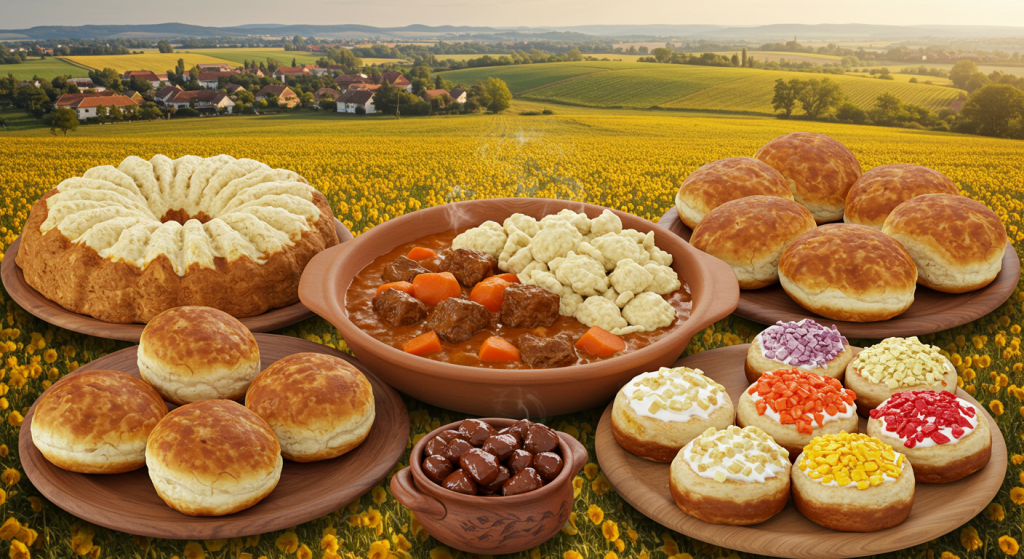
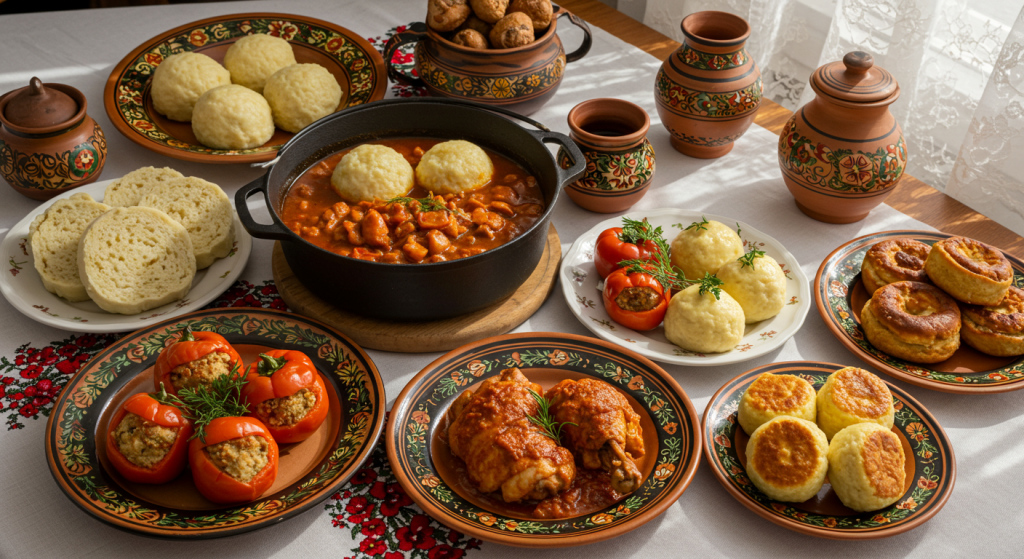
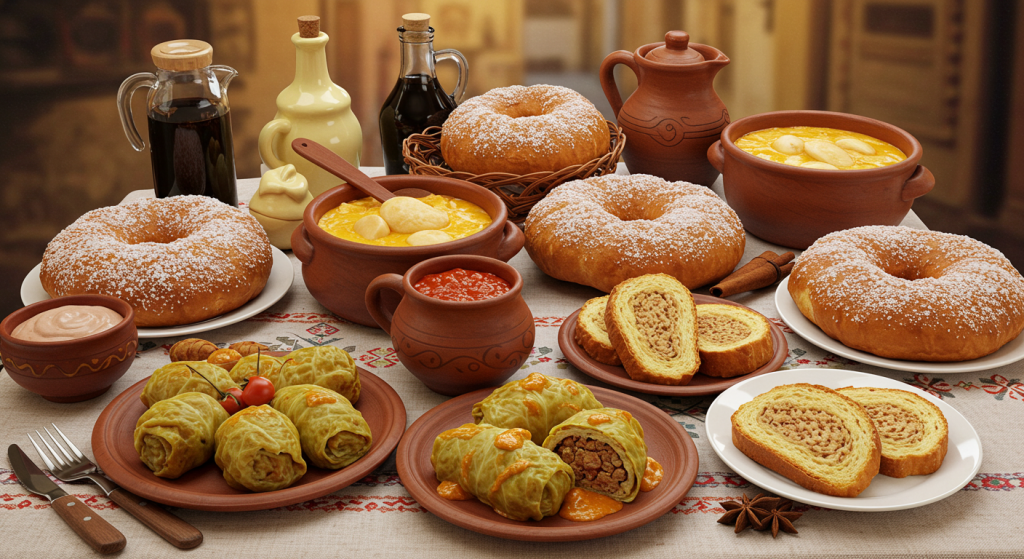
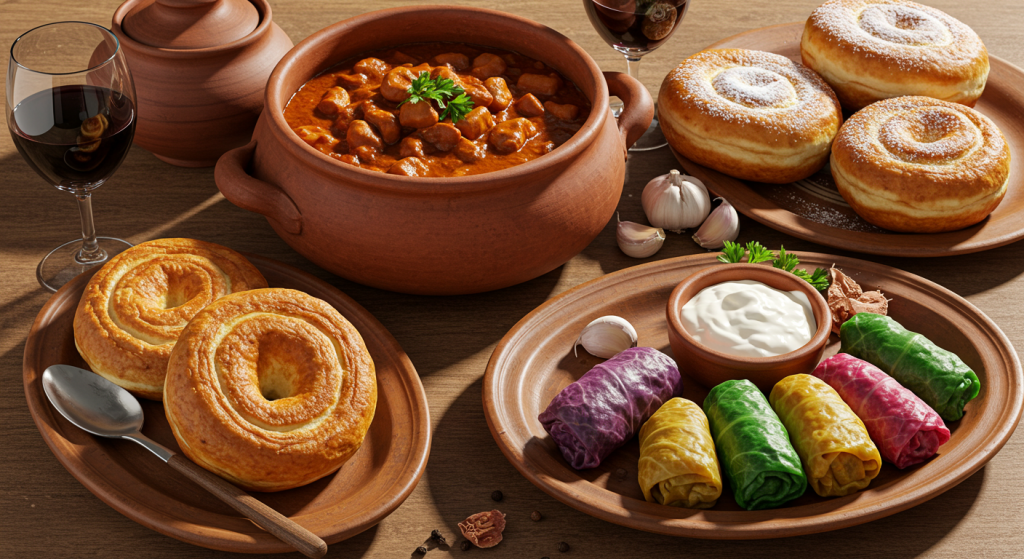
Hungarian food is a vibrant reflection of the country’s rich history, cultural diversity, and agricultural bounty. Nestled in the heart of Central Europe, Hungary boasts a culinary tradition that is both hearty and flavorful, heavily influenced by various civilizations that have called the region home. From the spicy depths of traditional stews to the sweet notes of pastries, Hungarian cuisine offers a medley of tastes and textures that are completely unique.
At the foundation of Hungarian cooking is the use of paprika, an essential spice that infuses many dishes with its distinct fiery flavor and vibrant color. This spice, which is a point of national pride, originally came from the Americas, but it has found a place in the heart of Hungarian kitchens for centuries. Whether in goulash or sprinkled over a dish as a finishing touch, paprika elevates any meal with its warmth and depth.
One of the most iconic dishes is gulyás, or goulash, a hearty soup often made with beef, potatoes, carrots, and, of course, paprika. It exemplifies the rustic and communal style of Hungarian food, often enjoyed in large gatherings with family and friends. Beyond gulyás, the pörkölt is another beloved staple, which resembles a thick stew, but is distinguished by its slow-cooked meat and richly seasoned sauce.
Vegetarians can also find solace in Hungarian food, where hearty vegetable stews like lecsó—a combination of peppers, tomatoes, and onions—showcase the agricultural bounty of the region. During the summer months, locals enjoy fresh, seasonal produce that brings vivid flavors to their dishes. Furthermore, töltött káposzta, or stuffed cabbage rolls, filled with rice, minced meat, and spices, is a testament to Hungary’s ability to transform simple ingredients into comforting meals.
In addition to main courses, Hungarian cuisine boasts an array of delicious pastries that satisfy any sweet tooth. The world-famous strudel is a classic dessert, often filled with apples, cherries, or sweet cheese, encased in thin, flaky layers. Another popular treat is chimney cake (kürtőskalács), a sweet, spiral pastry that is roasted over an open flame and coated in sugar, making for a delightful street food snack that’s enjoyed by both locals and tourists alike.
Holidays and celebrations in Hungary are also deeply intertwined with food. Traditional dishes are often prepared during festivals, reflecting both national pride and regional customs. For example, during Christmas, a special fish soup may be served, symbolizing abundance and prosperity in the coming year.
Pairing any Hungarian meal with a glass of local wine is a must. Hungary is renowned for its wine regions, particularly the Tokaj region, famous for its sweet dessert wines. The robust Egri Bikavér (Bull’s Blood) red wine, on the other hand, complements hearty meat dishes, enhancing the overall dining experience.
In summary, Hungarian food is not just about sustenance; it is a celebration of culture, tradition, and community. Each dish tells a story, embodying a sense of place and history that is distinctively Hungarian. Whether you’re experiencing the warmth of a family dinner or the hustle and bustle of a local market, the flavors of Hungary are sure to leave a lasting impression. So, the next time you find yourself in Hungary, don’t miss the opportunity to explore its delightful culinary offerings!
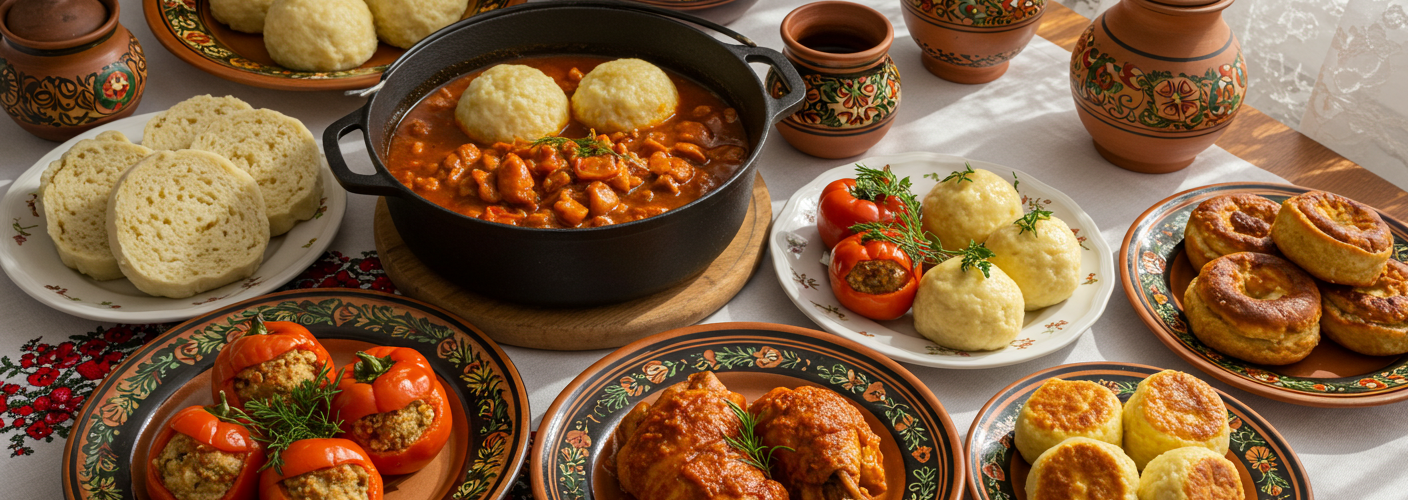



Add comment